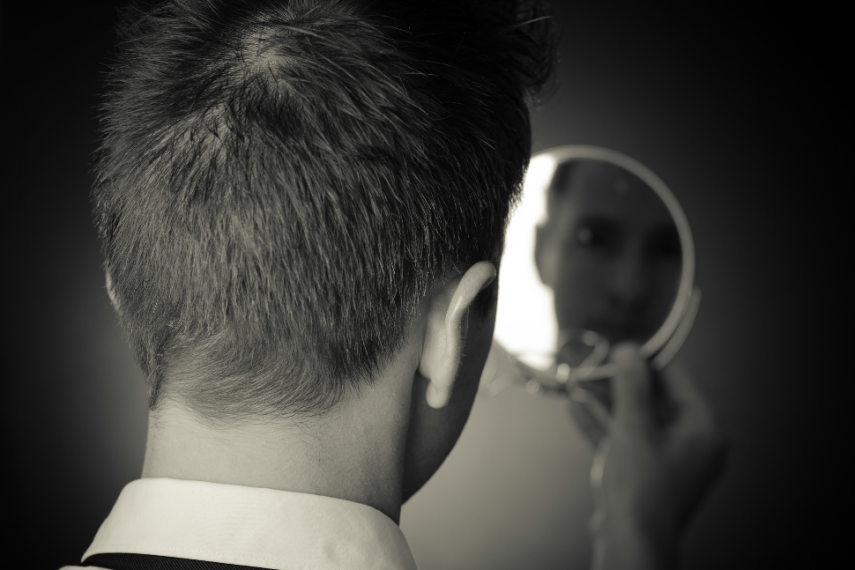Understanding Bipolar Disorder

Numerous celebrities have spoken candidly about their struggles with bipolar disorder. Most recently, Selena Gomez powerfully shared her quest to cope with her bipolar diagnosis and find peace.
In her documentary, “My Mind and Me,” which premiered on Nov. 4 to coincide with World Mental Health Day, Gomez shared that she had been diagnosed with bipolar disorder after an episode of psychosis in 2018. In her film, she let the public in on the challenges of living with the condition, including her fears that she would never find relief, and her worries that she will be judged for being open about her mental health.
By sharing their experiences, Gomez and other celebrities are helping to destigmatize bipolar disorder, and educate the public about an often misunderstood condition that affects an estimated 4.4 percent of U.S. adults at some time during their lives.
Gomez’s story ended on a hopeful note. “I’m happier and I’m in control of my emotions and thoughts, more than I have ever been,” she said.
What is bipolar disorder?
Bipolar disorder is a mental health condition that’s marked by dramatic shifts in mood, from high to low. Bipolar disorder also encompassed changes in sleep, energy levels, thinking and behavior.
The extreme mood states can be difficult for the person experiencing them, and can put a strain on relationships, disrupt work and school plans, and can even interfere with carrying out day-to-day activities. About 83 percent of adults with bipolar disorder experience severe impairment, the highest among the mood disorders.
How is bipolar disorder treated?
Though bipolar disorder can be very challenging to cope with, it is treatable, with a combination of medications, therapy and other forms of support. In addition, research shows that individuals with bipolar benefit from learning strategies for self-care. These include understanding potential triggers for a manic or depressive episode, recognizing the early warning signs, and taking steps to manage it.
How is bipolar disorder diagnosed?
Previously known as manic depression, bipolar is marked by “two poles” of mood – the lows of depression and the high of mania. Though it may sound straightforward, bipolar disorder can be difficult to diagnose. It’s often mistaken for depression. Especially in adolescents, bipolar mania is sometimes mistaken for ADHD. Research shows that people with bipolar disorder are also more likely to misuse drugs or alcohol, which can mask symptoms.
Begin Your Recovery Journey.
877-727-4343What are the signs and symptoms of bipolar disorder?
Depression
- Feeling sad or hopeless
- Withdrawing from friends and family
- Losing interest or enthusiasm for activities once enjoyed
- A significant change in appetite, weight loss or weight gain
- Insomnia
- Fatigue or a lack of energy with no medical explanation
- Poor concentration or memory problems
- Suicidal thoughts
While many people feel blue or down in the dumps at times, what differentiates depression is its duration, intensity and severity of symptoms.
Mania
- An abnormally elevated mood
- Excessive energy, restlessness
- Inflated self-esteem, overconfidence or grandiose thoughts
- Decreased need for sleep, staying up all night
- More talkative than usual, talking unusually fast
- Scattered thoughts, jumping from one topic to another
- Distractibility, agitation, irritability, short fuse
- Engaging in risky behavior, such as shopping sprees, reckless gambling, impulsive sex
- Manic episodes may be accompanied psychosis, such as hallucinations or delusions.
One misconception about mania is that is it always a pleasant or even euphoric experience. Some may experience that during a manic episode, but for others, mania leads to irritability, anger and agitation. People with bipolar disorder can also experience what is known as a “mixed state,” or the presence of both high and low symptoms at the same time.
Between periods of mania and depression, people with bipolar disorder may experience relative mood stability.
The link between bipolar and anxiety disorder
In her documentary, Gomez spoke about dealing with anxiety and panic attacks. Research has also shown that bipolar disorder and anxiety disorders often co-occur. In a meta-analysis that included 2,120 adults with bipolar disorder, 35 percent also met the diagnostic criteria for an anxiety disorder. Other studies put the rate even higher, with as many as half of those with bipolar having a co-occurring anxiety disorder.
Treating Bipolar Disorder
Bridges to Recovery’s world-class treatment center provides comprehensive assessments to ensure clients receive an accurate diagnosis and treatment for bipolar disorder and any co-occurring conditions. Treating dual disorders concurrently provides the best chances for helping our clients heal.
We assist our clients with developing the skills and strategies to take control of their health and their lives. We collaborate closely with families and other healthcare providers to ensure that all of our clients’ needs are addressed, and they have the support they need to enjoy a life that is stable and meaningful.






